Despite the 125 years that have elapsed since Ernest Rutherford first figured out that the particles emitted during alpha decay amounted to a helium nucleus comprising two neutrons and two protons, researchers are still making new revelations about what happens during the decay process itself.
Researchers led by David Moore, a physicist at Yale University in the US, conducted experiments using optical traps where optical fields from a laser control the position of microparticles and are also exquisitely sensitive to the forces acting on it. They were able to use these optical traps to observe the mechanical recoil of a silica microparticle following the emission of a single alpha particle from a radioactive atom embedded in it. The researchers confirmed that most impulses measured tens of MeV/c (where 100MeV/c is 5 x 10-20Ns).
‘Our micron-sized object has 1012 or a trillion atoms in it and we’re able to see those kinds of individual kicks to these much, much heavier objects,’ says Moore. By monitoring the mechanical recoil, alongside the change in charge on the microparticle, the researchers worked out that the alpha particle shears off about 10 electrons on average from the particle surface as it flies off. ‘Yeah, we were surprised,’ says Moore. ‘There’s just not other detectors that can really see that kind of thing.’
He suggests these high-precision measurements may be useful for identifying radioactive matter in nuclear forensics, as well as characterising radioactive particles produced for nuclear medicine. They might also help pin down potential disturbances to the finely tuned states of qubits in a quantum computer due to background radiation.
Moore and his colleagues set up their experiments by implanting lead-212 isotopes in silica microparticles. The lead isotope has a half-life of 10 hours and when it decays it produces daughter radionuclides that eventually emit an alpha particle. They then observe the charge on the microparticle with a similar set up to the famous Millikan oil droplet experiment, essentially measuring the force on a single elementary charge with an electric field. Once a charge change is noted they could check for the force exerted on the microparticle.
‘This technique, of seeing something recoil, is very general, it’s just Newton’s law,’ Moore tells Chemistry World. ‘That can allow us to learn about particles we could otherwise not detect.’
The measurements were made possible thanks to advances in optical trapping of microparticles that allow feedback mechanisms to isolate the trapped particle from thermal noise in their surroundings.
‘Theorists have proposed that levitated nano- and microparticles under high vacuum can act as ultrasensitive detectors,’ explains Tracy Northup at the University of Innsbruck, who specialises in optical trapping but was not involved in the current project. ‘This is an elegant experiment that puts that idea into practice – in this case, to detect single radioactive decays.’
Next the team hopes to fine tune the approach to determine the energy of the emitted alpha particles, which would allow them to identify which radioactive isotope along the decay chain has emitted it, currently only possible through statistical analysis of the decays. Further down the line they hope they can make the approach sufficiently sensitive to detect more elusive particles.
‘There’s many things in fundamental physics that really don’t want to interact with us at all – neutrinos, dark matter, things like that,’ says Moore. He hopes this work may prove ‘a stepping stone’ to seeing a single neutrino coming from nuclear decay.
References
J Wang et al, Phys. Rev. Lett., 2024, 133, 023602 (DOI: 10.1103/PhysRevLett.133.023602)


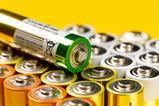

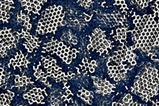
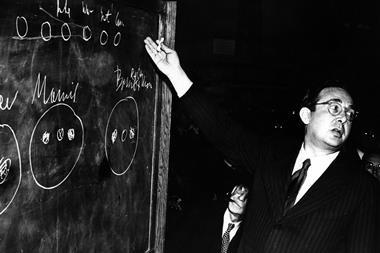
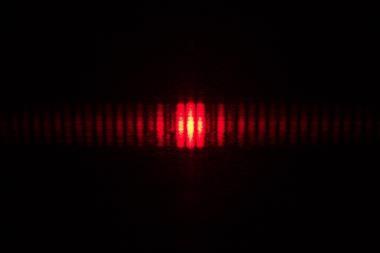



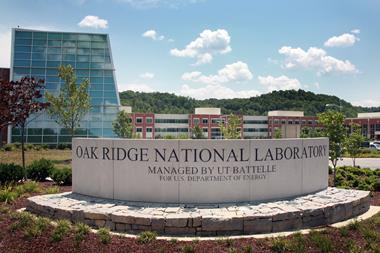






No comments yet